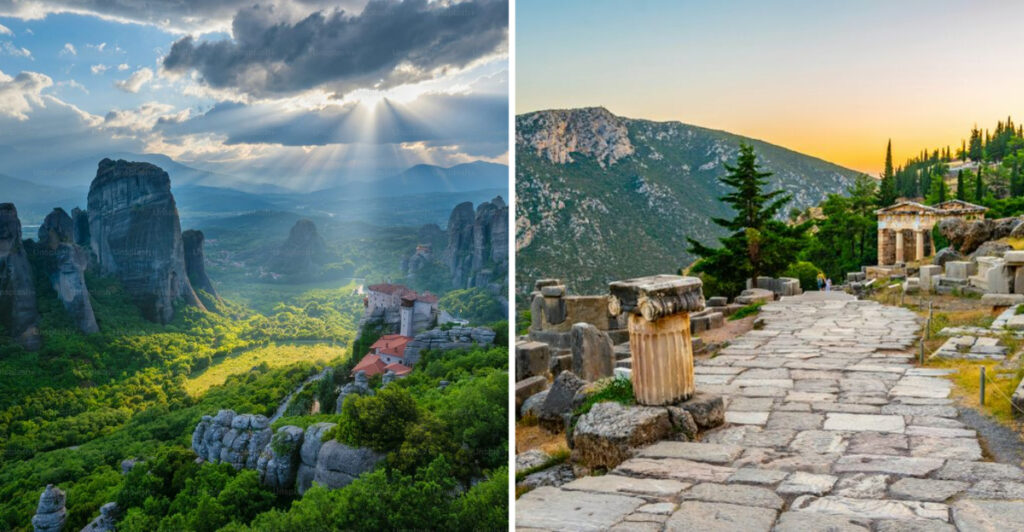Greece is a land of myth and magic, where history whispers through ancient ruins and natural wonders. Over three weeks, I visited numerous UNESCO World Heritage Sites, each with its own unique charm and story. Here are the 15 sites I would love to revisit for their breathtaking beauty and historical significance.
Acropolis of Athens
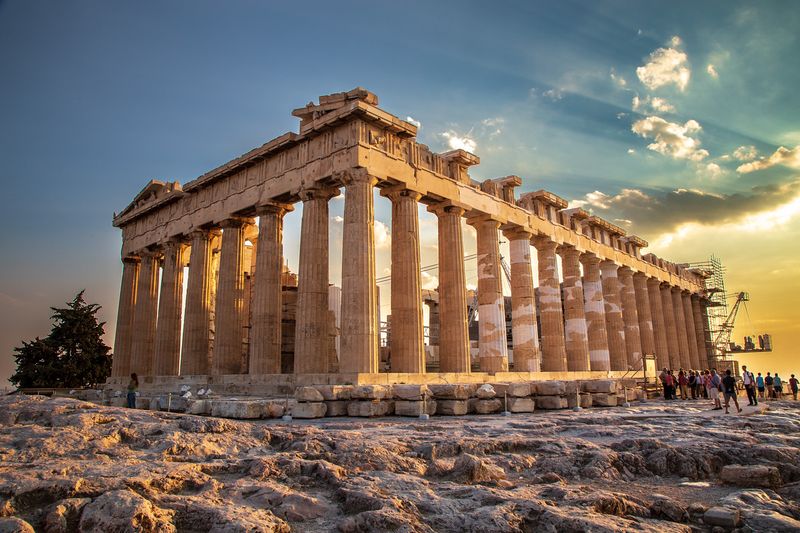
Standing tall above the city, the Acropolis of Athens is a testament to ancient Greek ingenuity. Its crowning jewel, the Parthenon, draws visitors from around the globe.
Imagine walking the same paths as philosophers and statesmen of old, feeling the weight of history beneath your feet. The views from atop are unparalleled, offering a panoramic view of Athens.
By night, the site transforms, illuminated by golden lights that dance upon its marble columns. Did you know? The Acropolis was once painted in vibrant colors, a far cry from the pristine white we see today.
Olympia
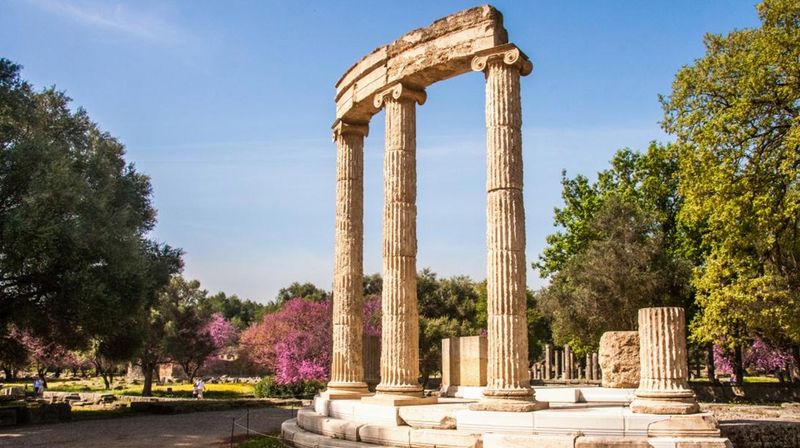
In the serene valley of the Alpheios River lies Olympia, the birthplace of the Olympic Games. Athletes once competed here, striving for glory and honor.
Walking through the ancient stadium and gymnasium brings the past to life, as you imagine the roar of the crowd and the thrill of competition.
Beyond the games, Olympia was a place of worship and celebration, dedicated to Zeus. One intriguing tidbit: the Olympic flame, still used today, is kindled here using the sun’s rays and a parabolic mirror.
Mycenae
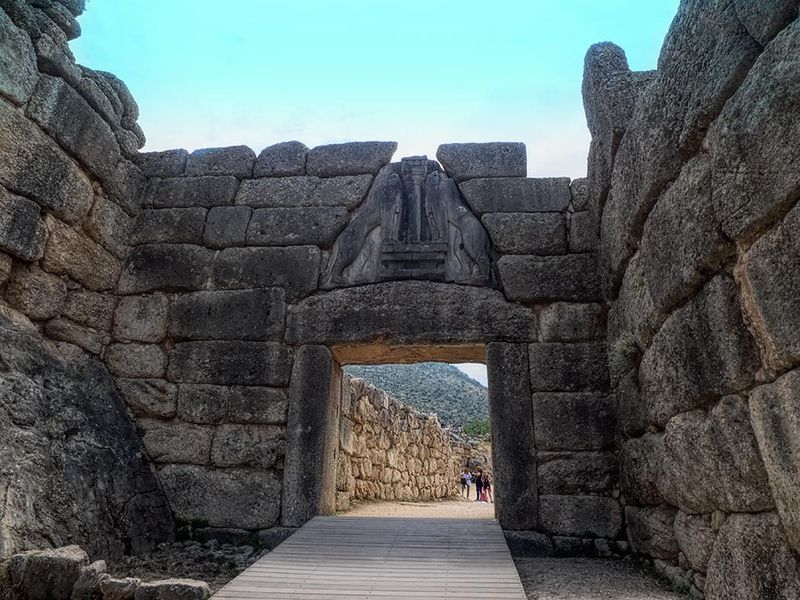
Mycenae, with its imposing fortifications, was once a mighty center of Greek civilization. The Lion’s Gate stands as a proud symbol of its architectural prowess.
Exploring the site, visitors can delve into the world of Agamemnon and the tales of Homer. The beehive-shaped tombs provide a glimpse into ancient burial practices.
Interestingly, Mycenae’s influence stretched far and wide, inspiring legends and artworks. The site’s blend of myth and history makes it an unforgettable destination.
Epidaurus
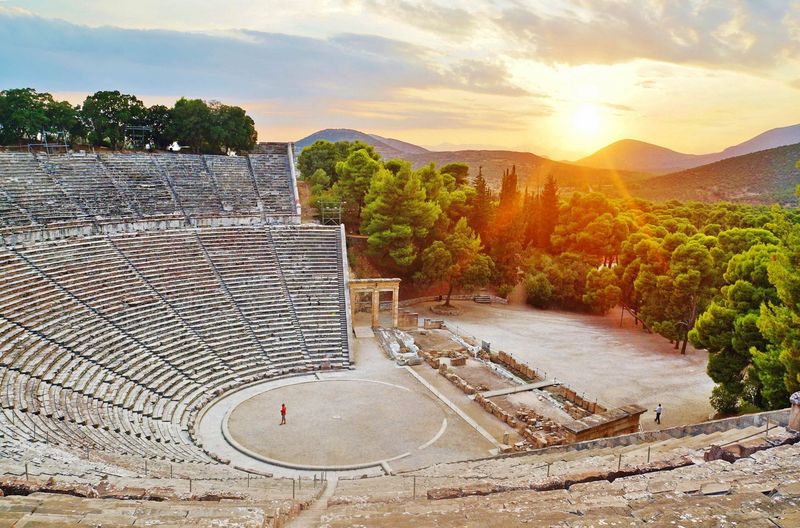
Epidaurus is renowned for its ancient theatre, a marvel of acoustical engineering. The theatre’s design allows even whispers to carry to the top rows.
Visitors can test this themselves, often amazed by the clarity of sound. Beyond the theatre, Epidaurus was also a healing center, dedicated to Asclepius, the god of medicine.
A fascinating fact: performances are still held here, continuing a tradition over two millennia old. The site’s blend of art and science is truly captivating.
Corfu Old Town
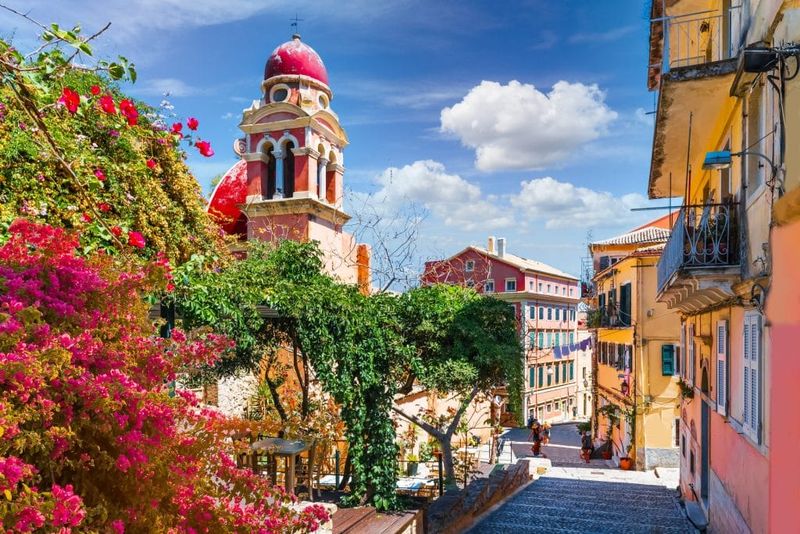
Corfu Old Town is a delightful maze of narrow streets and vibrant architecture, reflecting a blend of Venetian, French, and British influences.
Strolling through its alleys, visitors can discover quaint cafes, historical landmarks, and lively markets. The town’s unique character and picturesque views make it a photographer’s paradise.
Did you know? Corfu was never conquered by the Ottomans, allowing its distinct European charm to flourish. It’s a place where history and modernity coexist harmoniously.
Delphi
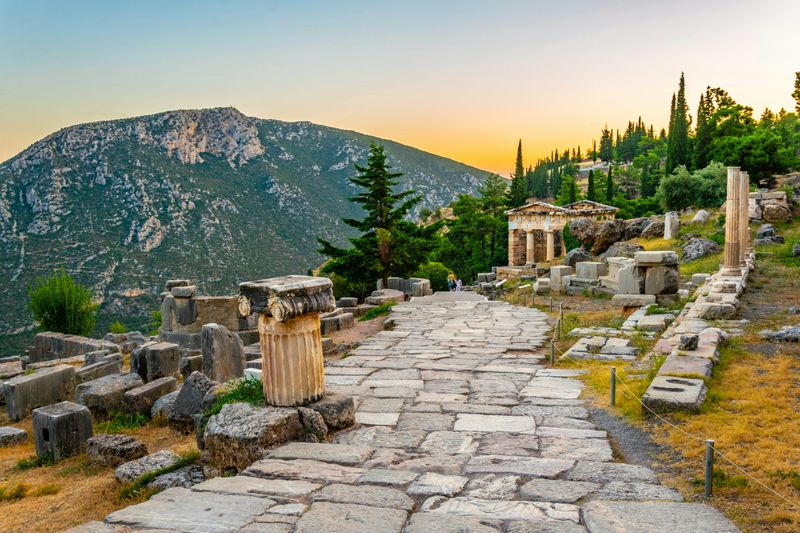
Delphi, known as the navel of the world, was once the epicenter of ancient prophecy and wisdom. Pilgrims traveled far and wide to seek guidance from the Oracle.
The ruins, set against a breathtaking mountain backdrop, offer a sense of tranquility. As you wander through the remnants of temples and treasuries, it’s easy to imagine the echoes of ancient festivals and rituals.
A lesser-known fact: the Pythian Games, precursors to the modern Olympics, were held here every four years, celebrating athletic and artistic prowess.
Rhodes Old Town
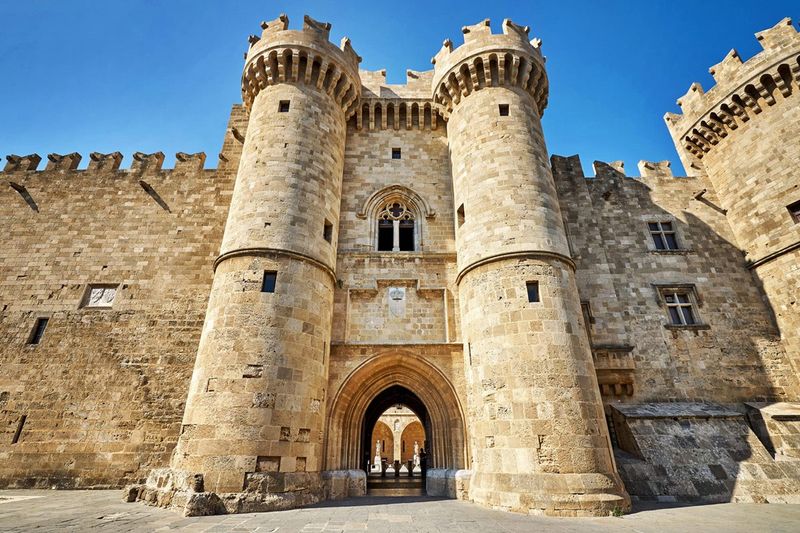
Rhodes Old Town is a living museum, its medieval walls echoing tales of knights and crusaders. The Palace of the Grand Master stands as a testament to its storied past.
As the largest inhabited medieval town in Europe, Rhodes offers a unique glimpse into the era of the Knights Hospitaller. Visitors can wander through history, exploring ancient inns and fortifications.
A curious fact: the town was restored by Italian architects in the 20th century, preserving its historical integrity. Rhodes is truly a journey through time.
Delos
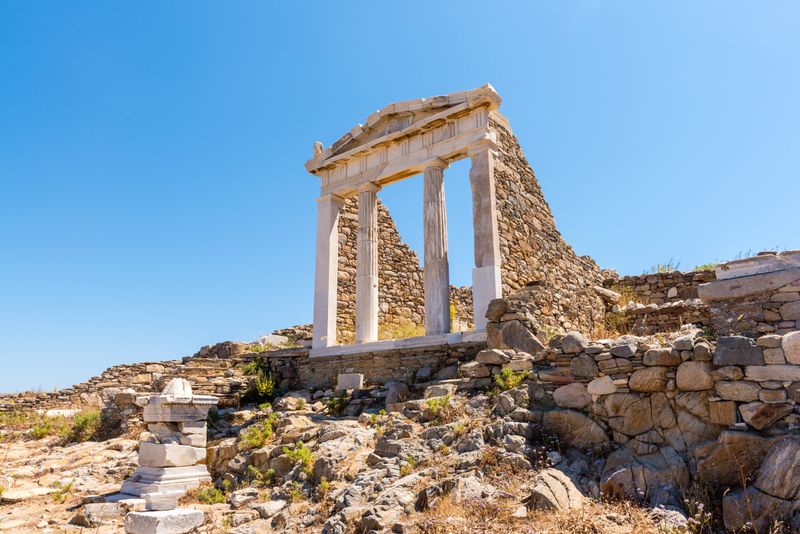
Delos, a small island in the Aegean Sea, holds immense historical significance as the mythical birthplace of Apollo and Artemis. Once a thriving trade hub, it now lies in evocative ruins.
Visitors can wander among ancient temples, marketplaces, and the famous Terrace of the Lions. The island’s isolation adds to its mystique, allowing the imagination to roam free.
Interestingly, Delos was once a bustling port, influencing cultures and economies. Its blend of mythology and history makes it a captivating destination.
Monasteries of Mount Athos
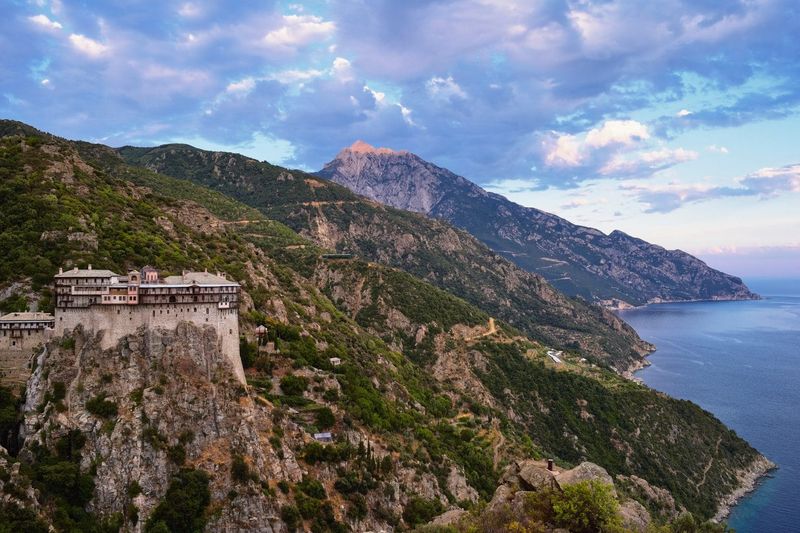
Mount Athos, a spiritual sanctuary, is home to 20 Eastern Orthodox monasteries. This monastic community, known as the Holy Mountain, has been a center of Christian spirituality for centuries.
Access is restricted, with only male visitors allowed, preserving its sacred tranquility. The monasteries, rich in relics and manuscripts, offer a glimpse into a world of devotion and contemplation.
A unique aspect: the mountain is a self-governed region, reflecting its religious significance. Its serene beauty and spiritual aura make it an extraordinary place to visit.
Pythagoreion and Heraion of Samos
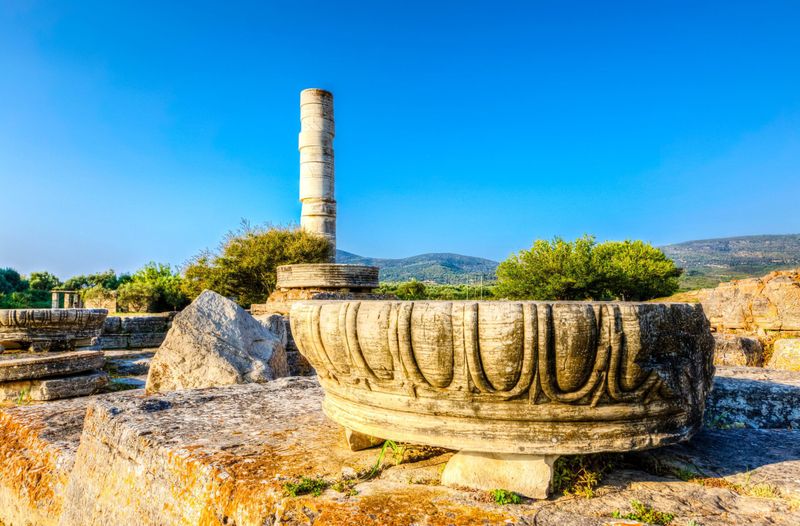
On the island of Samos, the Pythagoreion and Heraion sites offer a glimpse into ancient Greek innovation and worship. The Pythagoreion was a bustling port, reflecting the island’s strategic importance.
The Heraion, dedicated to the goddess Hera, showcases impressive temple ruins. It’s a place where history and mythology intertwine, captivating visitors’ imaginations.
Did you know? Samos was home to Pythagoras, the famous mathematician. The island’s rich heritage and scenic beauty make it a must-visit destination.
Philippi
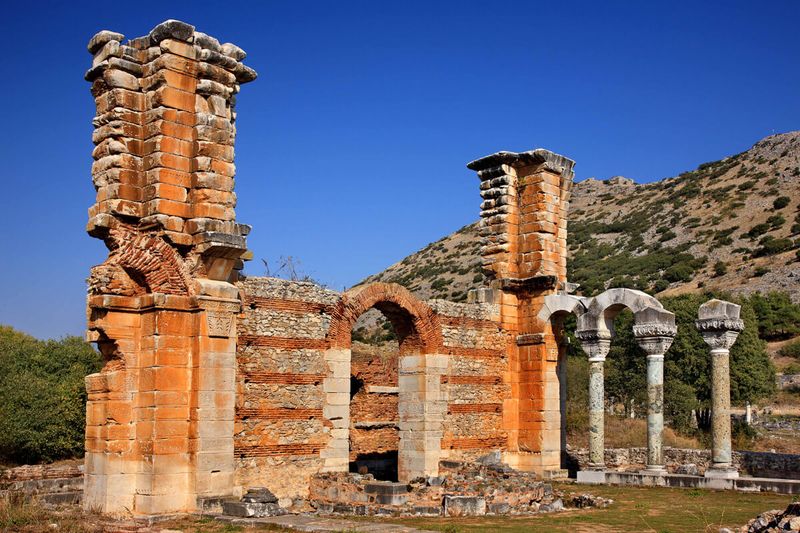
Philippi, a city of great historical importance, witnessed pivotal moments in Roman and early Christian history. It was here that the Apostle Paul preached his first sermon in Europe.
The site features diverse ruins, from a Roman forum to early Christian basilicas. Each corner tells a story of cultural and religious evolution.
A fascinating tidbit: the Battle of Philippi, a defining moment in Roman history, unfolded here. Its layered history and archaeological richness make it an intriguing site to explore.
Meteora
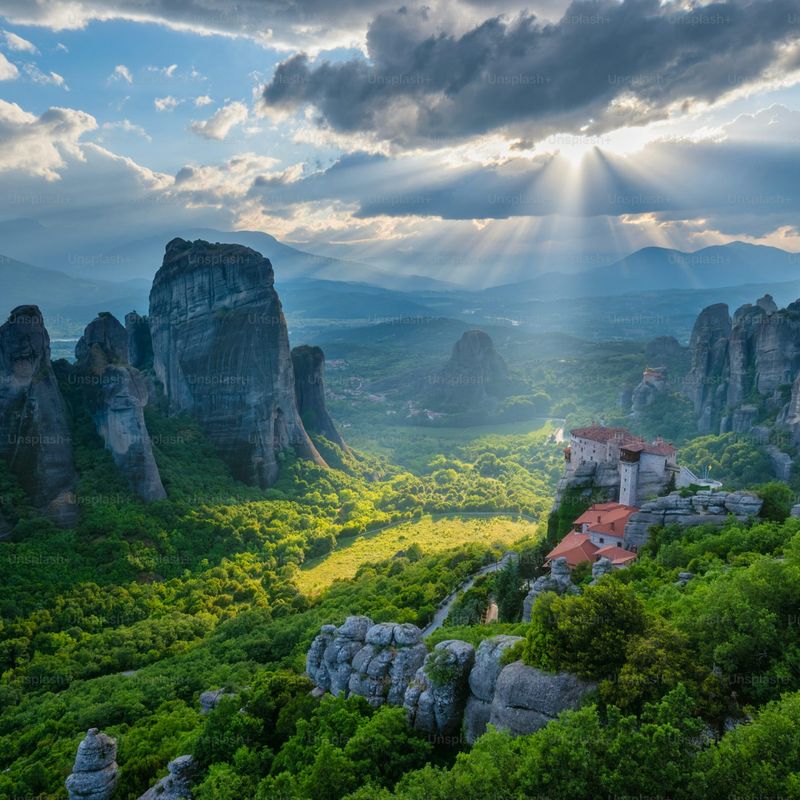
Meteora’s monasteries appear to float between heaven and earth, perched atop towering rock pillars. These sacred retreats were built by monks seeking solitude and spiritual enlightenment.
The climb up is an adventure in itself, rewarded by stunning views and a sense of peace. Inside, frescoes and relics tell stories of devotion and artistry.
It’s fascinating to learn that Meteora means “suspended in air,” perfectly capturing the ethereal beauty of this site. The combination of natural wonder and human determination is awe-inspiring.
Vergina
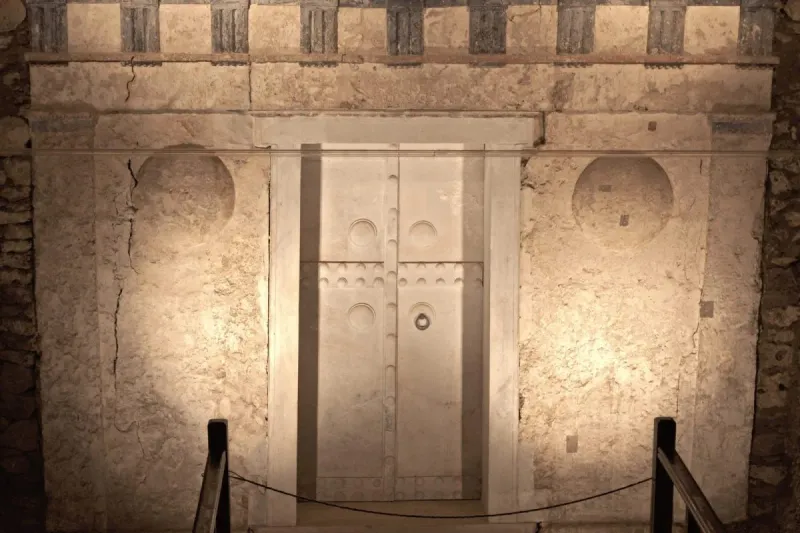
Vergina, the ancient city of Aigai, is a place of royal grandeur and historical intrigue. It’s most famous for the royal tombs, believed to belong to Macedonian kings, including Philip II.
The site blends archaeology and artistry, with a museum showcasing exquisite artifacts. Walking through the burial mounds evokes a sense of discovery and wonder.
Did you know? Vergina’s discovery in the 1970s was a monumental archaeological find, shedding light on Macedonia’s regal past. Its significance and beauty make it a must-see destination.
Old Town of Nafplio
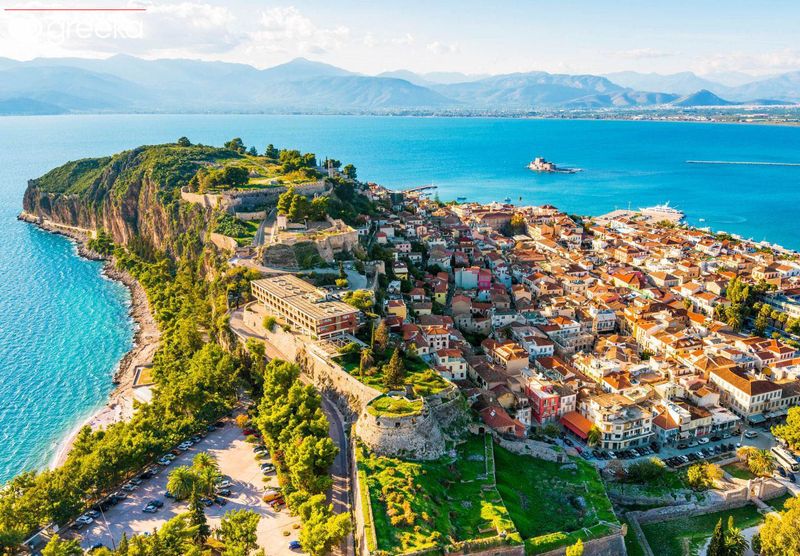
In the heart of the Peloponnese lies Nafplio, a town where history whispers through every stone. The Old Town, with its captivating Venetian architecture, invites you to wander its narrow streets. Each corner tells a tale of past empires, from the Ottoman era to Byzantine influences.
The majestic Palamidi Fortress stands sentinel over the town, offering panoramic views that steal breath away. As the sun sets, the vibrant colors of Nafplio’s buildings reflect on the calm waters of the Argolic Gulf. A place where every step is a journey through time and beauty.
Did you know? Nafplio was modern Greece’s first capital, a testament to its historical significance.
The Dodecanese Islands
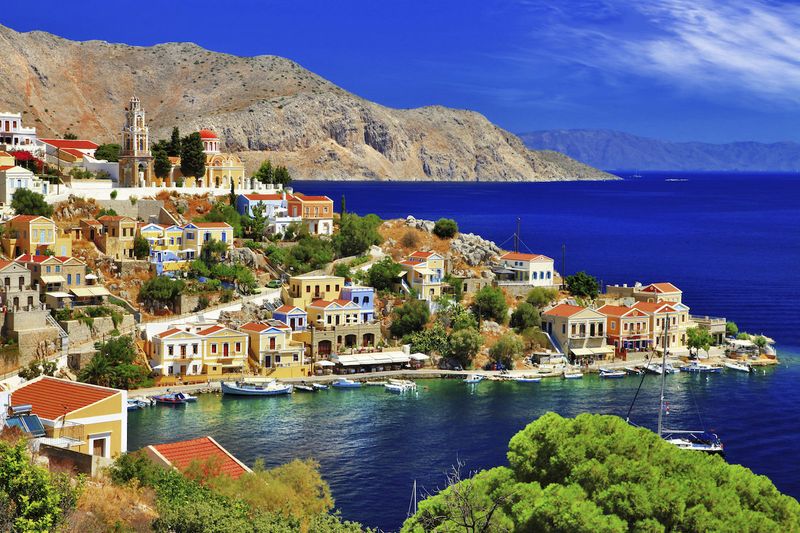
Nestled in the Aegean Sea, the Dodecanese Islands offer a tapestry of cultures and history. Imagine wandering through villages with traditional white-washed buildings, each one telling stories of ancient civilizations. The islands’ allure lies in their blend of natural beauty and archaeological treasures.
With crystal-clear waters surrounding the islands, it’s a paradise for those seeking both relaxation and adventure. Each island has its own charm, from medieval castles to Byzantine churches, providing a unique experience.
Did you know? The name ‘Dodecanese’ means ‘twelve islands’, though there are actually more in this captivating archipelago.

